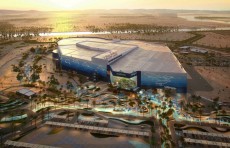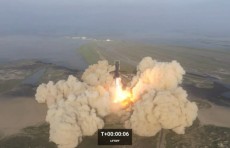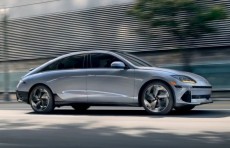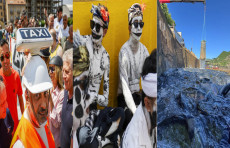Electric vehicles highlighted at Detroit auto show
Automakers are showing off their latest gas and electric models at the North American International Auto Show, which used to be called Detroit Auto Show. It reflects an industry trying to face the challenges posed by some governments moving in different directions when it comes to emissions policies.
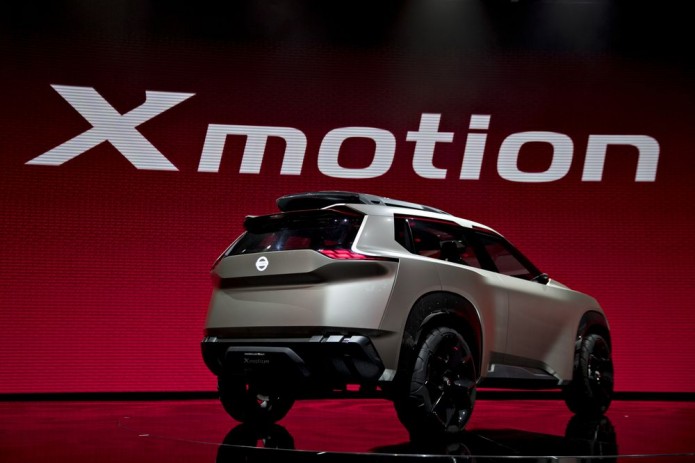
Automakers are showing off their latest gas and electric models at the North American International Auto Show, which used to be called Detroit Auto Show. It reflects an industry trying to face the challenges posed by some governments moving in different directions when it comes to emissions policies.
The U.S. auto industry is moving forward though its direction remains unclear. The final destination likely includes fully electric vehicles, but gas-guzzling pickup trucks and SUVs still remain among the best U.S. sellers.
It is a balancing act, with electric models sitting alongside traditional combustion engine vehicles.
"Fuel emissions issues are not going away anytime soon, they're just getting more and more strict. You've lots of different governments around the world considering banning fossil fuel vehicles. Directionally a lot of governments have said that's where they want to go. Automakers need to respond to that," said Stephanie Brinley, a senior analyst with IHS Markit.
To curb emissions, China is among a number of governments considering a ban on gas and diesel-powered cars. To encourage the trend, the government is offering subsidies for companies to make, and consumers to buy, electric vehicles.
Meantime, U.S. lawmakers are considering scrapping similar electric car credits, which worries automakers.
"That would be a concern because that would limit the expansion of the electric car quite significantly, when the electric car is probably the future, and you don't want the United States to be well behind the trend. It would be sad to see China become the leader by far and the U.S. not stepping up towards electrification," said Christian Meunier, Global Division Vice President of Infiniti.
However, the electrification is a chicken and egg problem. Some governments may want more electric vehicles, but automakers say they need more infrastructure, things like charging stations.
"Certainly infrastructure plays a key part, whether it's fuel cells, electrification, you've got to have that in place. So there's got to be a good cooperation working between the OEMs and the government agencies to make sure that's all happening," said Carl Zipfel, Exterior Design Manager of GMC.
With different government policies, there is potentially a bumpy road ahead for the global car industry as it tries to navigate environmental and technological demands.





.png)

